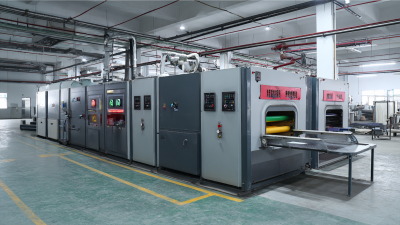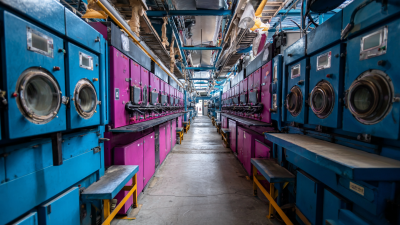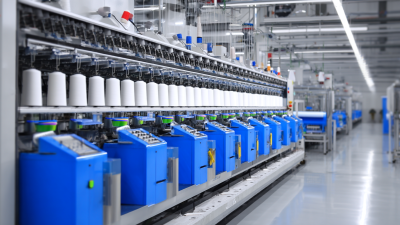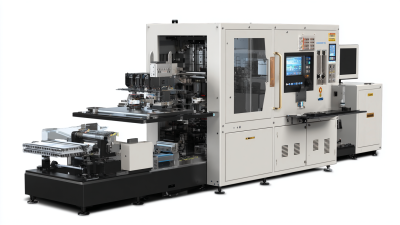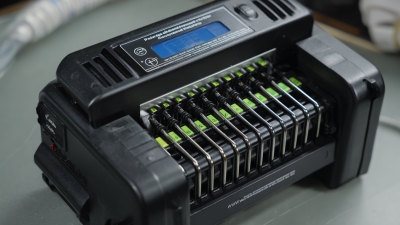Leave Your Message
In the textile industry, efficiency is paramount, particularly when it comes to the operation of a Textile Dryer Machine. According to a report by the International Textile Manufacturers Federation, optimizing drying processes can lead to a reduction in energy consumption by up to 30%, significantly impacting overall production costs and sustainability. As manufacturers strive to uphold high standards of quality while minimizing waste, understanding the critical factors that influence dryer performance becomes essential.
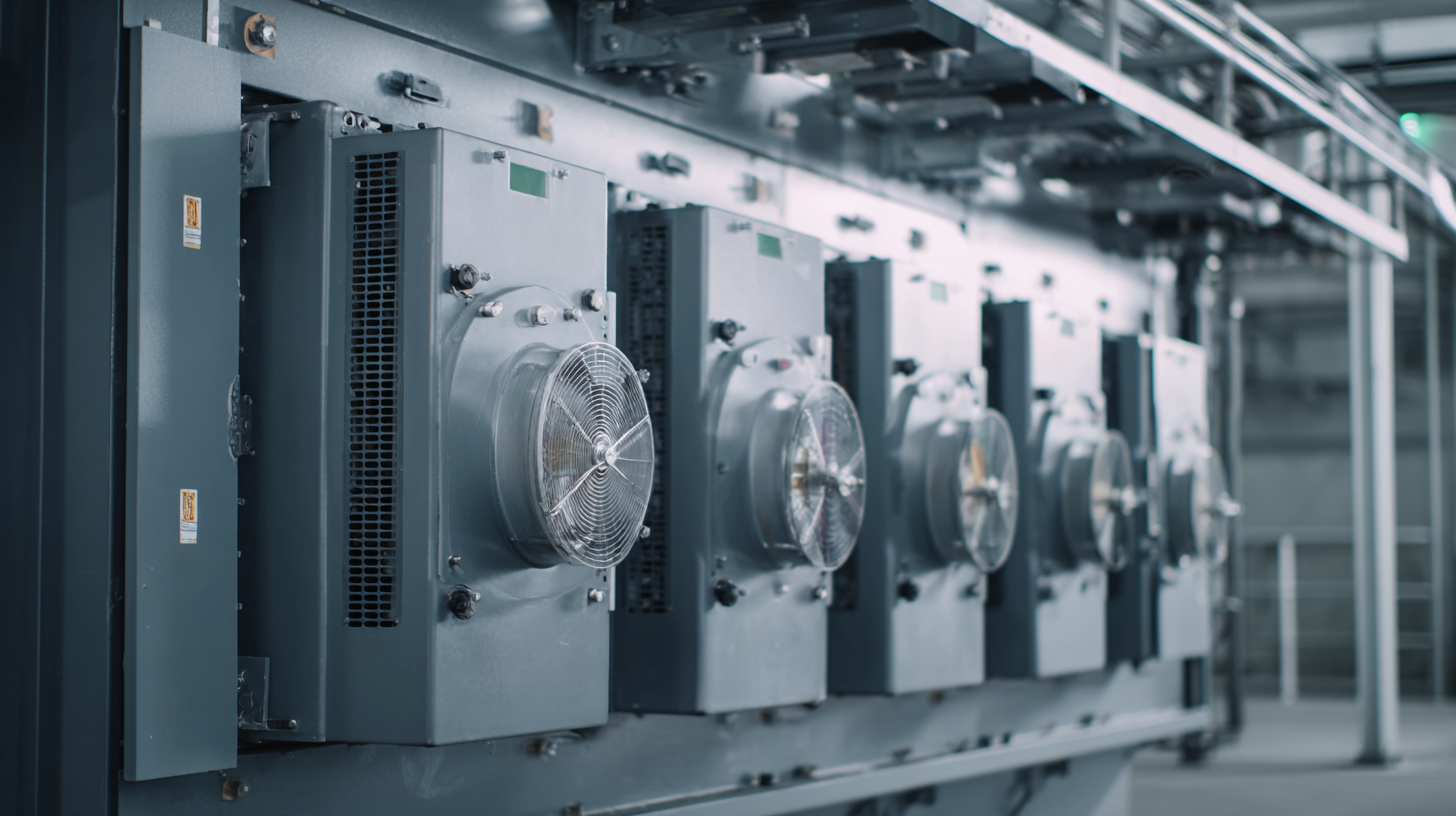
Regular maintenance and strategic operation can enhance drying efficiency, which not only prolongs the lifespan of the Textile Dryer Machine but also contributes to a more eco-friendly production cycle. This blog will explore seven essential tips for maintaining the efficiency of your textile drying equipment, ensuring you stay competitive in a rapidly evolving market.
A textile dryer machine is a vital piece of equipment in the laundry process, designed to efficiently dry fabrics while maintaining their quality. To achieve optimal care, understanding its components is essential. The drum, for instance, is where the textiles tumble and circulate hot air. Keeping the drum clean and free of debris is crucial to prevent buildup that can hinder airflow and lead to overheating. Regular inspection for signs of wear and tear can also prolong its lifespan and ensure even drying.
Another key component is the lint trap, which captures lint and other debris during the drying cycle. Clearing the lint trap after every use not only enhances efficiency but also reduces fire hazards. Additionally, the heating element plays a critical role in generating the necessary warmth for drying. Ensuring that this component is clean and functioning properly is vital for maintaining consistent performance. By focusing on these components, users can uphold the efficiency of their textile dryer machine, leading to better results and increased longevity.
Regular cleaning is an essential component in maintaining the efficiency and lifespan of your textile dryer machine. Clogged dryer vents are a common yet often overlooked hazard that can not only reduce performance but also pose significant safety risks, such as increased fire hazards. In fact, firefighters frequently highlight that neglecting ventilation can lead to dangerous situations inside homes. With proper maintenance, however, you can mitigate these risks significantly.
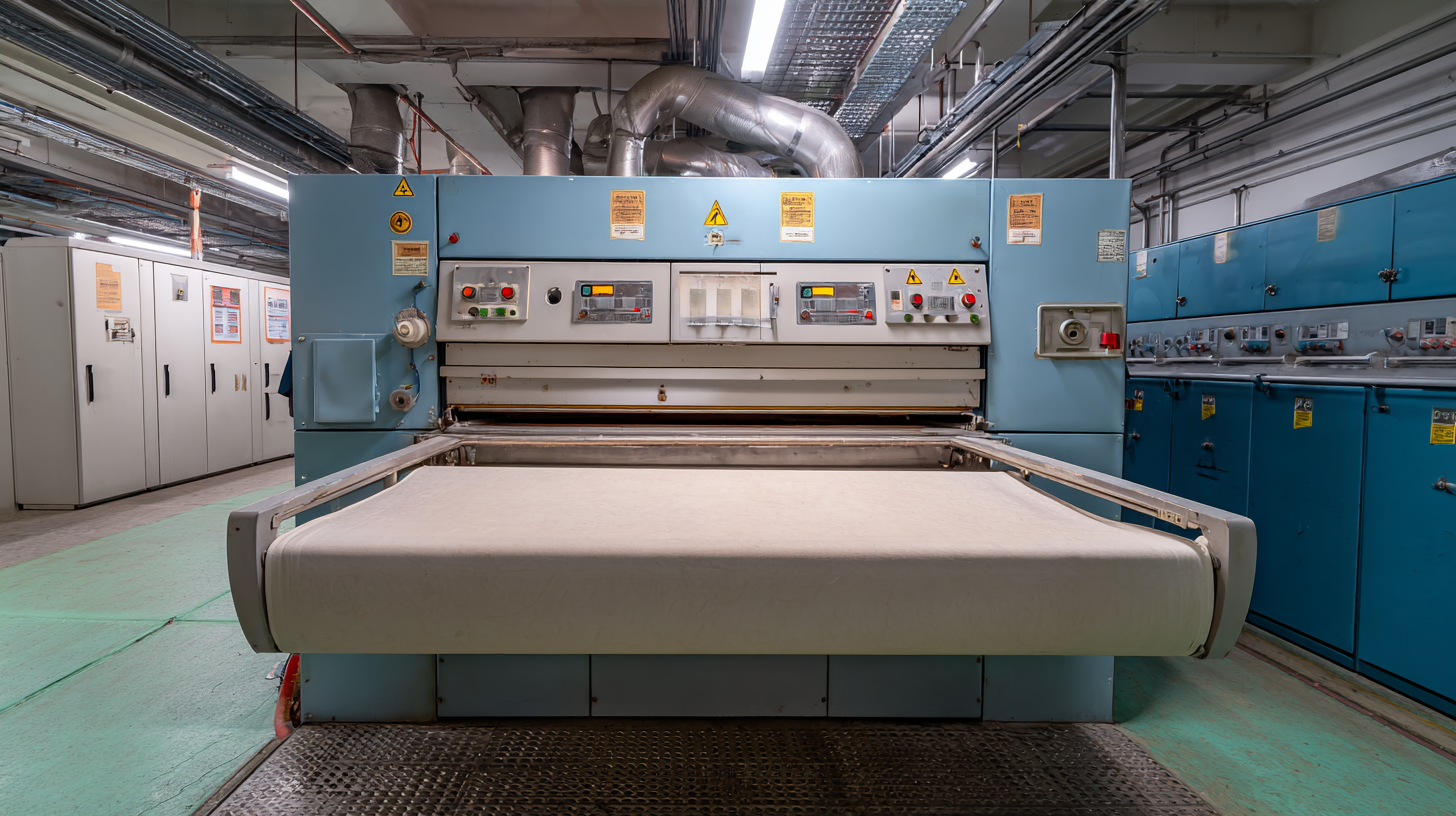
Recent innovations in dryer technology, such as self-cleaning functions, are making it easier for consumers to maintain their appliances. These advancements reflect industry trends emphasizing the importance of regular upkeep for optimal performance. Studies have shown that well-maintained dryers not only operate more efficiently but can also extend their lifespan beyond the standard ten years typically expected. Reports from appliance experts stress that routine cleaning can save homeowners on energy bills, as uncleaned dryers can consume up to 30% more energy. Ensuring your appliance is free of lint and debris not only enhances functionality but contributes to a safer home environment.
Setting the right temperature is crucial for maximizing the performance of your textile dryer machine while also saving energy. When you set the temperature too high, not only can it damage your fabrics, but it can also cause your machine to work harder than necessary, leading to increased energy consumption. It’s essential to determine the appropriate settings based on the material you’re drying. For instance, delicate fabrics like silk and wool require lower temperatures, while cotton and synthetic fabrics can withstand higher settings.
Additionally, regularly checking and cleaning the lint filter helps maintain efficiency. A clogged lint filter can restrict airflow and cause your dryer to overheat, leading to inefficient drying cycles. Moreover, ensure that the dryer vent is clear of obstructions to promote optimal airflow. Keeping these components clean allows your dryer to operate smoothly at the right temperature, ensuring that your textiles dry efficiently and effectively without unnecessary energy use.
Lastly, consider investing in a dryer with sensor technology that automatically adjusts the drying time and temperature based on the moisture levels in your fabrics. This feature can significantly enhance efficiency while providing the best care for your clothes.
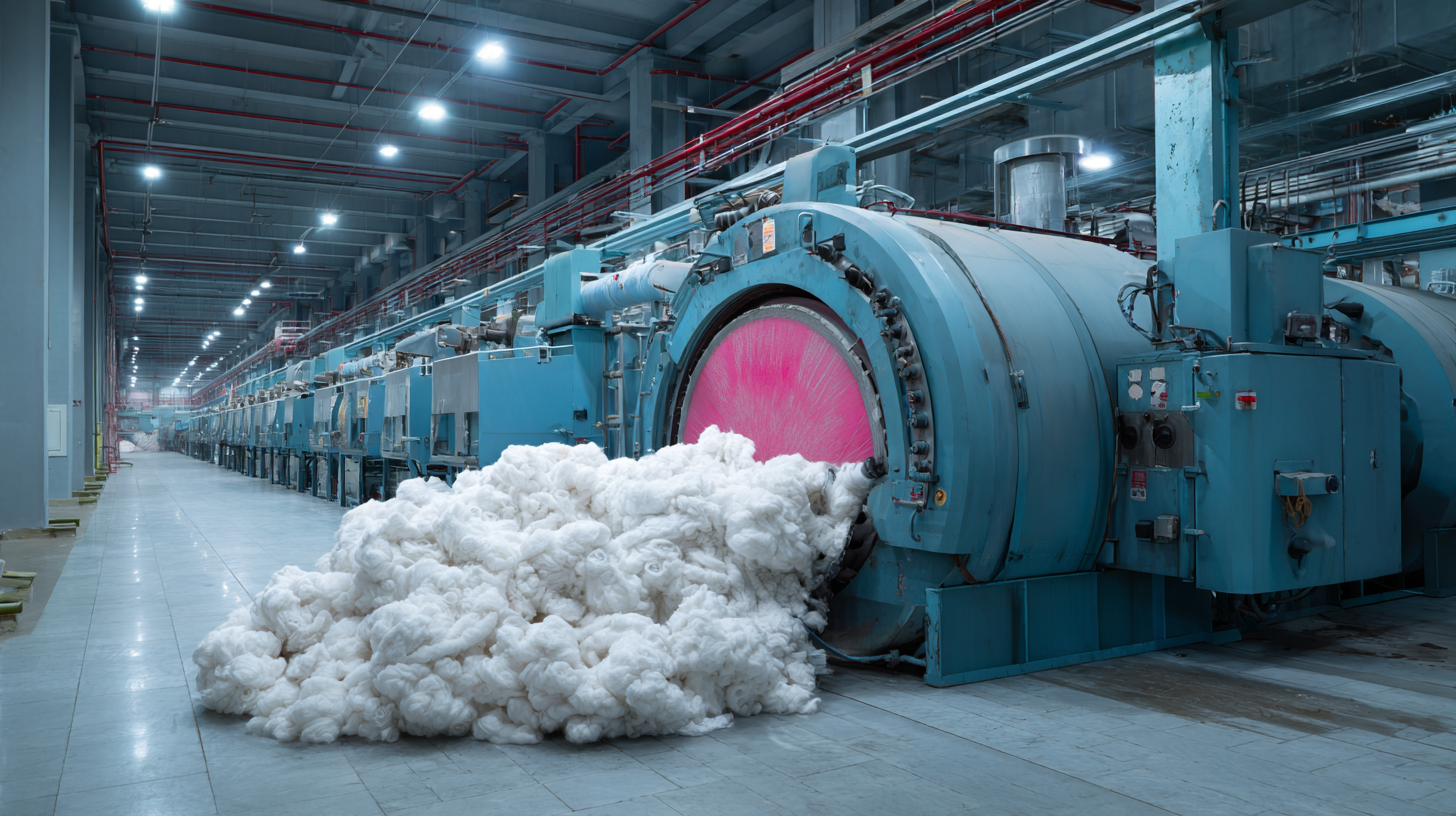 Routine maintenance is essential for keeping your textile dryer machine running efficiently. According to the U.S. Department of Energy, regular maintenance can improve the efficiency of dryers by up to 30%. Simple tasks like cleaning the lint filter and exhaust ducts can significantly reduce energy consumption and enhance performance. These routine checks not only help in maintaining the machine's efficacy but also ensure safety by preventing potential fire hazards caused by lint buildup.
Routine maintenance is essential for keeping your textile dryer machine running efficiently. According to the U.S. Department of Energy, regular maintenance can improve the efficiency of dryers by up to 30%. Simple tasks like cleaning the lint filter and exhaust ducts can significantly reduce energy consumption and enhance performance. These routine checks not only help in maintaining the machine's efficacy but also ensure safety by preventing potential fire hazards caused by lint buildup.
Moreover, a report by the Association of Home Appliance Manufacturers (AHAM) indicates that most dryer issues stem from a lack of routine maintenance. By conducting monthly inspections and cleaning tasks, such as checking the dryer vent for clogs and ensuring the drum rotates smoothly, users can extend the lifespan of their machines. Investing time in these routine maintenance checks can lead to substantial savings in energy bills and repair costs, making it a crucial aspect of dryer ownership.
Regular maintenance of your textile dryer machine is crucial for ensuring its efficiency and longevity. One of the key elements of this maintenance is recognizing the signs of wear and tear that indicate it's time to seek professional help. Common symptoms include unusual noises during operation, inconsistent drying times, or a noticeable increase in energy consumption. If your machine struggles to achieve desired temperatures or emits a burning smell, these are red flags that should not be ignored. Such issues can stem from worn-out components, clogged filters, or inadequate ventilation, which could lead to more significant problems if left unaddressed.
Another sign of trouble might be visible damage, such as fraying belts or rust spots on the exterior. Regular visual inspections can help catch these issues early, allowing you to arrange for repairs before they escalate into major malfunctions. If you find yourself constantly adjusting settings to achieve satisfactory results, it’s a clear indicator that your dryer may require professional servicing. Taking proactive steps by consulting with a technician at the first signs of wear can save you time and money in the long run, ensuring that your machine continues to operate efficiently, ultimately enhancing your textile processing capabilities.
| Tip | Description | Signs of Wear and Tear | When to Seek Help |
|---|---|---|---|
| Regular Cleaning | Clean lint filter after every load. | Poor drying performance or visible lint build-up. | If performance does not improve after cleaning. |
| Inspect Venting | Ensure venting is clear and unobstructed. | Increased drying time or overheating. | If you find blockages that you cannot remove. |
| Check Drum Seal | Inspect for any cracks or gaps in the seal. | Clothes are not drying properly or signs of heat loss. | If the seal looks damaged or worn. |
| Monitor Noises | Listen for any unusual sounds during operation. | Grinding, squeaking, or rattling noises. | If noise persists or worsens over time. |
| Seek Professional Maintenance | Have your dryer serviced regularly. | If the dryer shows persistent issues. | Once or twice a year or as needed. |
| Avoid Overloading | Don’t overload the dryer beyond its capacity. | Long drying times or clothes not drying evenly. | If you consistently have issues, check load capacity. |
| Regularly Check Filters | Inspect and clean all filters regularly. | Decreased airflow or dryer overheating. | If they appear damaged or clogged despite cleaning. |
